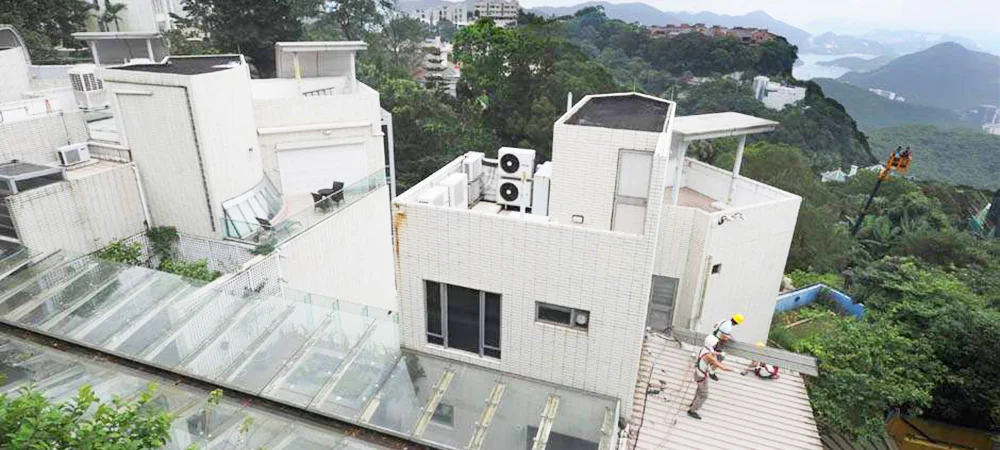
Demolition is an integral part of urban development, essential for making way for new structures and infrastructure. It involves dismantling or razing existing buildings or structures, carried out in a controlled and safe manner. While often associated with dramatic building implosions, demolition is far more nuanced and varies depending on the scope and purpose of the project. Demolition works (清拆工程), including types, methods, and industry trends shaping its future.
Types of Demolition
Demolition works can be categorized into several types, each suited to specific requirements and challenges.
Selective Demolition:
This method focuses on removing certain parts of a structure while preserving other elements. Selective demolition is often used in renovation projects, especially when materials such as wood, steel, or concrete are to be reused or recycled.
Interior Demolition:
Often seen in remodeling projects, this type targets the interior components of a building, such as walls, ceilings, flooring, and partitions, while keeping the external structure intact.
Structural Demolition:
This involves the complete removal of a building or structure. Techniques vary based on the location, size, and purpose of the works, ranging from manual dismantling to using heavy equipment.
Deconstruction:
Aiming for sustainability, deconstruction involves dismantling a building piece by piece to recover as much reusable material as possible, minimizing waste.
Methods of Demolition
The techniques employed for demolition works depend on various factors such as the site’s location, structural type, and environmental considerations. Here are some of the most widely used methods:
Manual Demolition: Teams use tools like sledgehammers and pickaxes to dismantle parts of the structure, especially in small-scale projects.
Mechanical Demolition: Heavy machinery like excavators, bulldozers, and wrecking balls handle large-scale demolitions, offering speed and efficiency.
Implosion: Reserved for high-rise structures, controlled implosions use explosives to collapse a building inward, minimizing damage to surrounding areas.
Cut and Pull Down: This method involves cutting structural components such as beams and cables, followed by controlled pulling to bring down sections of the building.
The Rise of Sustainable Demolition
With a growing focus on environmental sustainability, the demolition industry is moving toward greener methods. Statistics indicate that over 40% of construction-related waste comes from demolition. However, advances in technology and a commitment to recycling and reusing materials are reducing this figure. Emerging trends such as the increased use of robotics and AI in precise dismantling and waste management are also noteworthy, further optimizing the process.
Demolition works play an important role in shaping modern cities while addressing environmental challenges. By adopting innovative methods and sustainable practices, the industry is paving the way for safer and greener development projects.